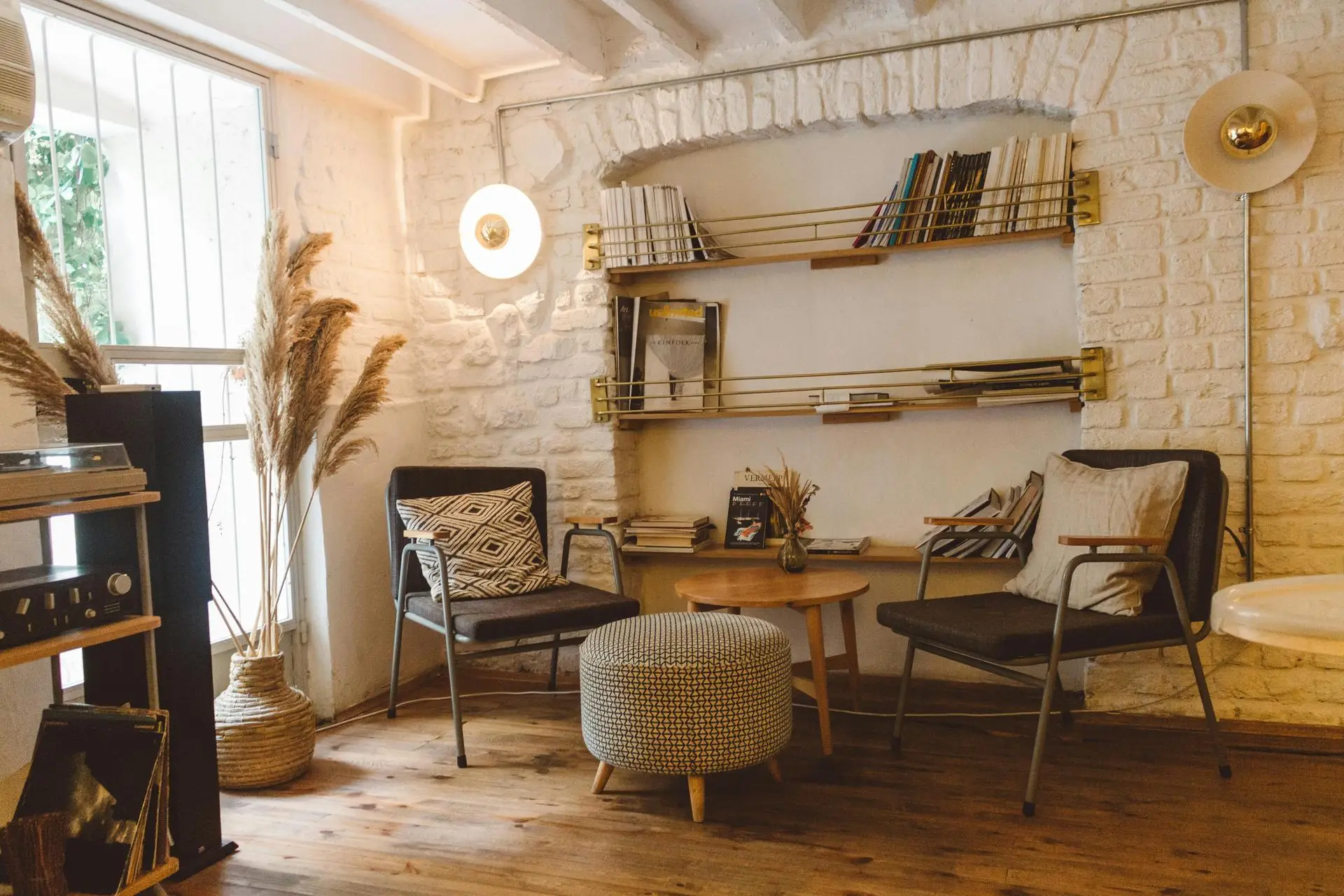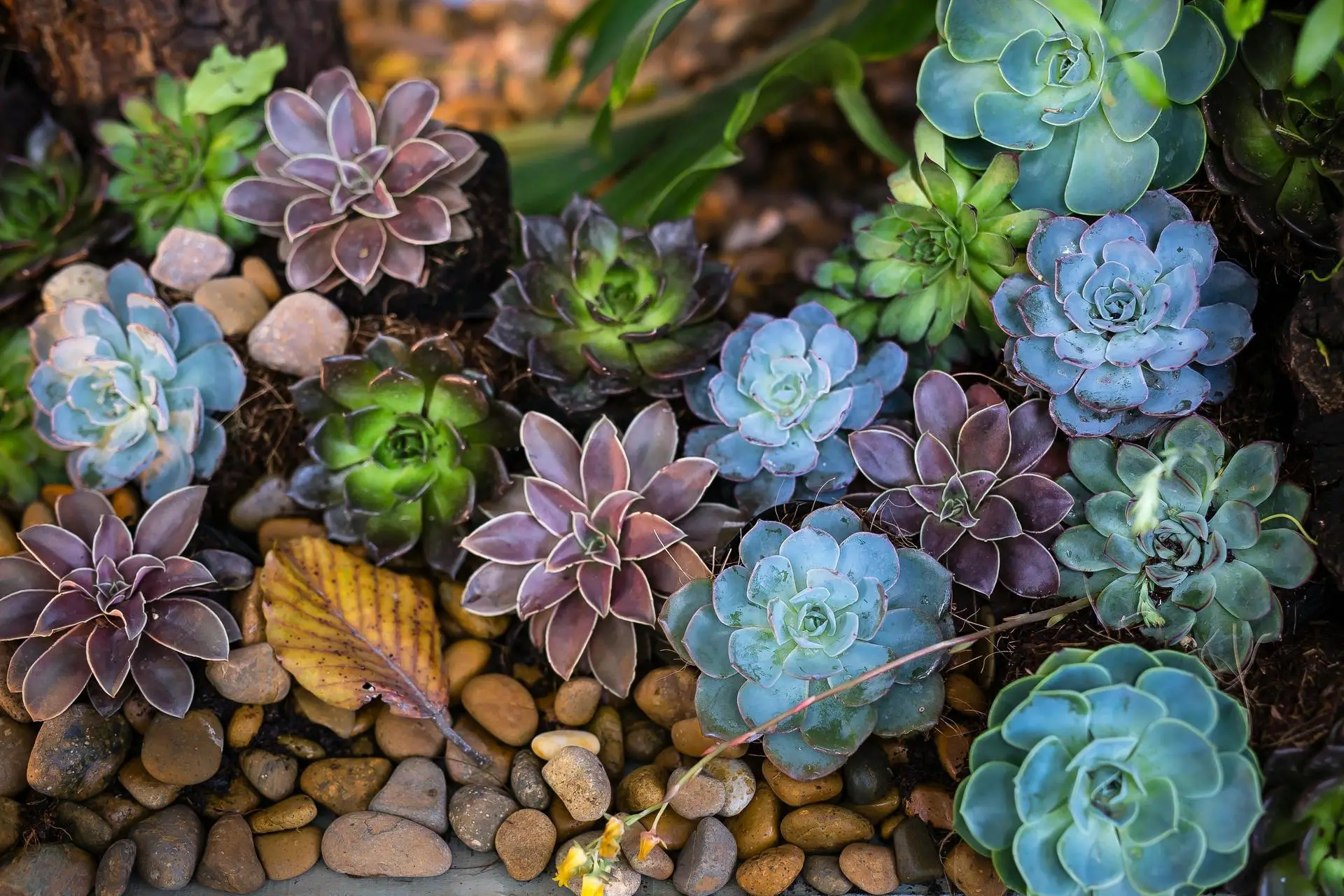Embrace Nature: Transform Your Living Space with Biophilic Design
Biophilic design is revolutionizing modern interiors by tapping into our natural connection to the environment. As urban landscapes become more disconnected from nature, it’s essential to bring elements of the outdoors into our homes. Not only does this design philosophy enhance our wellbeing, but it also sparks creativity and elevates our mood. In this post, we’ll uncover how to seamlessly incorporate biophilic design into your living space, creating a sanctuary that nurtures both health and happiness.
What is Biophilic Design?
The Essence of Biophilia
Biophilia, derived from Greek meaning "love of life," reflects our innate affinity for the natural world. Biophilic design encompasses various principles focused on integrating natural elements, light, and materials into our living environments. This approach aims to create spaces that honor nature’s beauty, enriching our daily experiences.
Why Biophilic Design Matters
The psychological and physical benefits of biophilic design are remarkable. Research indicates that incorporating natural elements into our surroundings can significantly lower stress levels and boost creativity. With more people working from home, the demand for biophilic design has surged, as individuals recognize its role in fostering a productive and calming atmosphere.
Essential Elements of Biophilic Design
Bring Nature Indoors
One of the simplest ways to embrace biophilic design is by adding houseplants to your space. Plants like snake plants and pothos are not only low-maintenance but also enhance indoor air quality. For a striking effect, think about creating a living wall filled with trailing plants. These installations purify the air and serve as captivating focal points in your home.
Use Natural Materials
In terms of materials, wood, stone, and brick can infuse warmth and texture into any interior. Incorporating these elements into architectural features can enhance your home’s aesthetic while inviting the outdoors inside. Textured surfaces and nature-inspired hardware can further elevate minimalist spaces, making them feel more welcoming.
Harness Natural Light
Natural light is a vital aspect of biophilic design. It has been proven to uplift mood and enhance productivity, making it essential in any living space. Consider the placement of windows to create beautiful patterns of light and shadow throughout your home, adding depth and visual interest to your interiors.
Strengthening Your Connection with Nature
Create Sensory Experiences
To deepen your bond with nature, think about integrating natural sounds with sound machines or water features. These elements create a soothing atmosphere reminiscent of the outdoors. Additionally, using essential oils and fresh flowers introduces delightful scents, enriching your sensory experience.
Design Inviting Outdoor Spaces
Crafting outdoor retreats is another fantastic way to embrace biophilic design. The mental health benefits of spending time outdoors are profound, as nature significantly influences our wellbeing. Bird feeders and fish tanks can enhance your interaction with nature, providing peaceful moments of joy.
Practical Tips for Embracing Biophilic Design
Small Adjustments, Big Results
You don’t need a complete renovation to adopt biophilic design. Simple changes, like adding plants, maximizing natural light, and creating cozy corners, can make a significant difference. These small adjustments can transform your space into a comforting and inviting environment.
Future-Proof Your Design
As we look ahead, biophilic design will likely continue to evolve, especially with anticipated trends for 2025. This approach is crucial for enhancing remote workspaces, making them not only functional but also nurturing. By staying ahead of these trends, you can create a home that meets your needs while supporting your overall wellbeing.
Incorporating biophilic design into your living space opens the door to a healthier, more vibrant lifestyle. By embracing natural elements, maximizing light, and designing inviting outdoor areas, you can transform your home into a haven of wellbeing. We’d love to hear your thoughts and experiences with biophilic design—share your ideas in the comments below!










